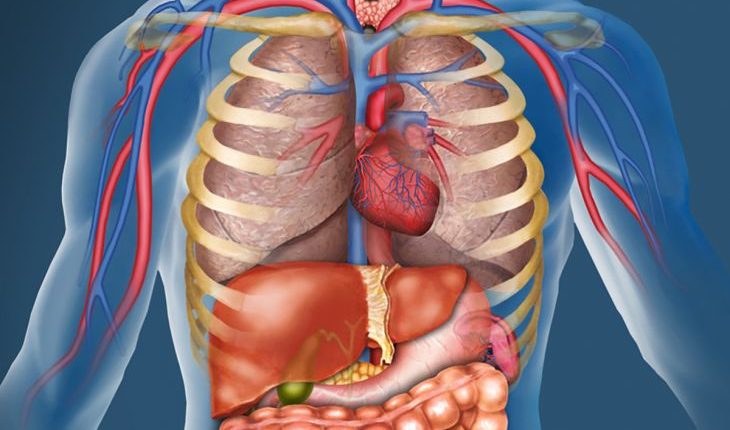Some Lesser Known Facts About The Human Body

According to biologists, every living organism found on our planet is made up of some basic living units called cells. Science always has a way of making things simple and helps us understand the patterns and connect the dots with the information that we gather through our senses.
Over the years, medical professionals have done a great job in trying to find out about the human body. Now the medical industry can treat various ailments and diseases that were once known to be incurable.
Doctors from the best heart hospitals in Bangalore, including other doctors from around the world, continue even today to provide solutions to pain and sufferings of the people that are inflicted upon the human body.
SOME FACTS THAT SCIENCE TELLS US:
After years of research and the invention of microscopes and x-ray machines, it has been easier for the medical professionals to not only see the body clearly but also treat a lot of ailments like tumours effectively.
Some facts that we all have come to know about our bodies are:
- If one wants to open up the lungs of an average human adult, it will take up about 70 square metres of area. This is because the lungs are the main site for gas exchange, and that occurs on the surface area of the lungs. More the area, the better the amount of gas exchange can occur.
- There are five basic senses through which we perceive the outer world. These are responsible for us to see through our eyes, smell from the nose, listen to sounds through the ears, taste through the tongue and feel on the skin.
Most of these senses are very well developed. In some organisms, senses like smell are even better developed, which allows them to be sensitive and recognise a number of different smells than us, for example, dogs.
- Our taste sense on the tongue is actually combined somehow with our sense of smell. This means that everything we eat has a variety of flavours because their fragrance is also combined with our perception of their unique taste. If we somehow remove the sense of smell, not a lot of taste would be left for us. This happens during the time when one suffers from a blocked nose or cold.
- The heart is a vital organ in our body that is responsible for pumping blood to and from the other body parts. Together with the blood vessels, arteries and the veins, it is able to transport blood to every single part of the body.
The doctors from the best heart hospitals in Bangalore suggest that if the blood vessels from our body were to be laid out, they would cover the length of the circumference of the earth about four times! That too, for a single adult.
In the span of one year, the heart pumps enough blood to fill an Olympic sized pool with blood.
- Our eyes are an important source of visual information that is processed by the brain. The eye consists of a small opening called the pupil through which light enters the eye, a lens to focus the light on the back of the eye, where we find the retina, that functions as a screen.
According to research, the images formed on the screen or the retina in our eyes are actually inverted upside down. Our brain does the trick here and erects it for our perception so that we do not look at the world upside down. But this is not true for newborn babies who are still in their phases of brain development, and hence, everything they see is upside down.
- The brain is another very intelligent and highly developed vital organ in our body. It is made of neurons that are special brain cells which connect together with each other to form billions of neural networks in the brain as well as our entire body in the form of nerves.
These cells are responsible for sending and receiving information to every organ and back from it for the brain to process it, in the form of weak electrical impulses. It is like electricity itself but a little weaker. When we are awake, our brain actually produces enough electricity to light up a bulb.
Our brain also has various parts that store memory, release hormones and so on. The left side of the brain controls the right side of the body and vice versa.

